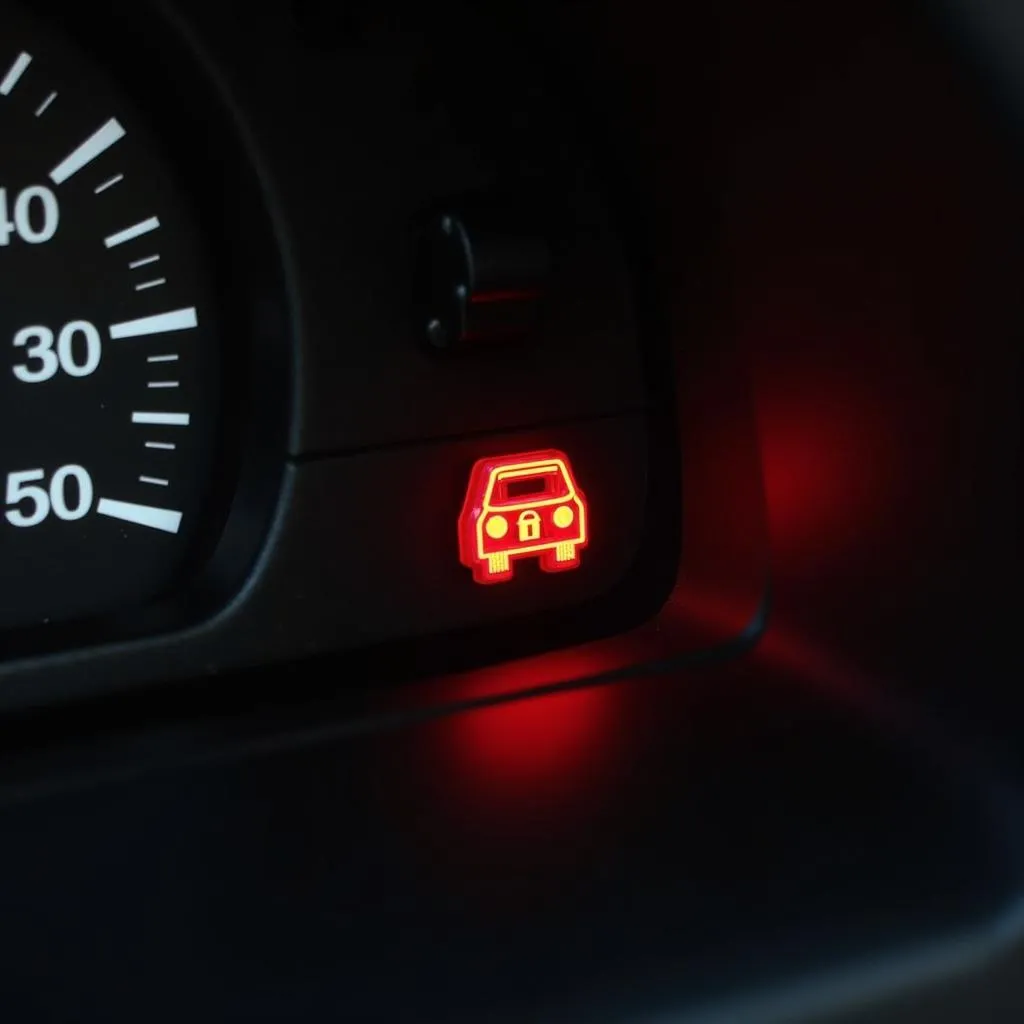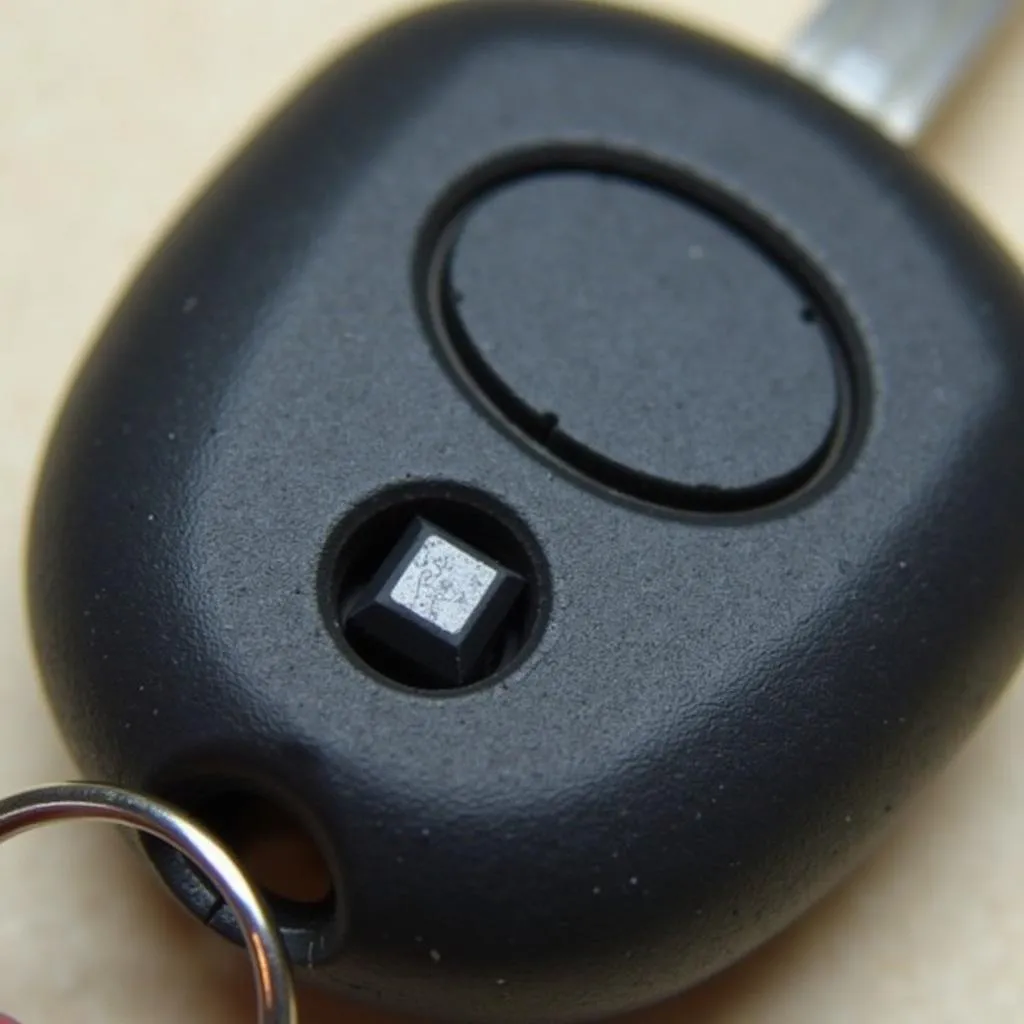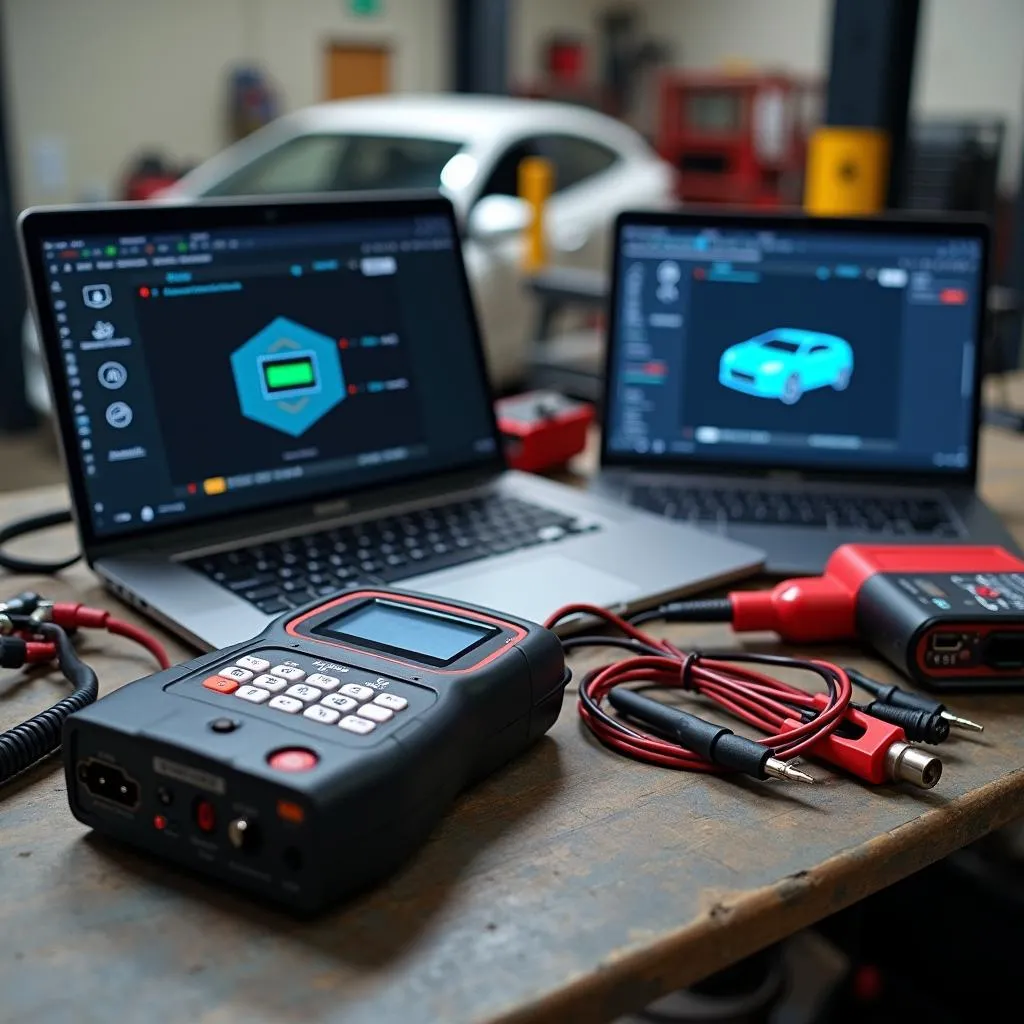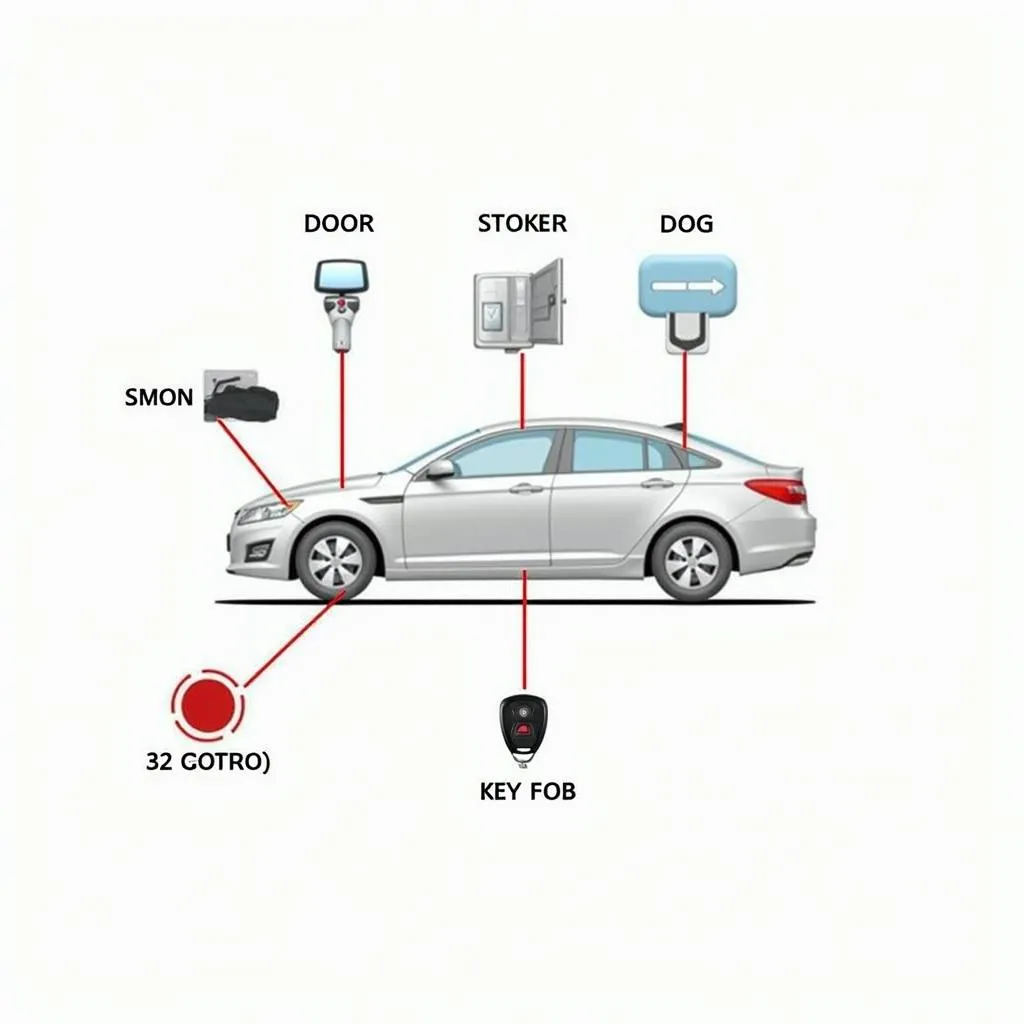If you’re asking yourself, “Does a 1999 Ford E150 have an anti-theft system?” you’re not alone. Many owners of these reliable vans are curious about their vehicle’s security features. The answer is yes, but it might not be as sophisticated as the systems in newer cars.
Understanding the 1999 Ford E150 Anti-Theft System
In 1999, the Ford E150 came standard with a Passive Anti-Theft System (PATS). This system utilizes a transponder chip embedded in your ignition key. When you insert your key, the chip transmits a signal to the vehicle’s computer. If the signal is recognized, the engine will start. However, if an incorrect or missing signal is detected, the engine will be immobilized, acting as a deterrent against theft.
Common Signs of Anti-Theft System Issues
While the PATS system is generally reliable, you might encounter issues over time. Some common signs include:
- Engine Cranks but Won’t Start: This is a classic symptom of an anti-theft system malfunction. Your engine might turn over but won’t fire up.
- Security Light Flashing: Keep an eye on the dashboard. A flashing security light, often shaped like a car with a lock, usually indicates a problem with the anti-theft system.
- Key Not Recognized: In some cases, the system may fail to recognize the transponder chip in your key.
 Ford E150 Dashboard with Flashing Security Light
Ford E150 Dashboard with Flashing Security Light
What You’ll Need for Troubleshooting
If you’re experiencing issues with your 1999 Ford E150’s anti-theft system, there are a few tools that might help you diagnose the problem:
- Code Reader: A code reader, or OBD-II scanner, can retrieve diagnostic trouble codes stored in your vehicle’s computer, potentially revealing issues with the anti-theft system.
- Spare Key: Try using a spare key with a working transponder chip. If the spare key works, your original key’s chip might be damaged.
How to Troubleshoot Anti-theft System Issues on a 1999 Ford E150
1. Check the Battery: A weak or dead battery can cause strange electrical issues, including problems with the anti-theft system. Start by ensuring your battery has enough charge.
2. Inspect the Key: Carefully examine your key for any signs of damage or wear, particularly around the transponder chip (usually a small black plastic square).
 Ford E150 Ignition Key with Transponder Chip
Ford E150 Ignition Key with Transponder Chip
3. Use a Code Reader: Connect a code reader to your vehicle’s diagnostic port (typically located under the dashboard on the driver’s side). Retrieve any stored trouble codes related to the anti-theft system.
4. Consult a Professional: If basic troubleshooting doesn’t resolve the issue or you’re uncomfortable working on your vehicle’s electrical system, it’s always best to consult a qualified mechanic.
FAQs About 1999 Ford E150 Anti-theft System Issues
Q: Can I bypass the anti-theft system on my 1999 Ford E150?
A: While it’s technically possible to bypass the PATS system, it’s strongly discouraged due to safety and security risks. Bypassing the system could make your vehicle more vulnerable to theft.
Q: How much does it cost to fix an anti-theft system problem?
A: The cost of repair can vary greatly depending on the specific issue, labor costs, and the availability of parts. It’s always a good idea to get a quote from a trusted mechanic.
 Car Diagnostic Tools and Software
Car Diagnostic Tools and Software
Q: Can Cardiagtech help me diagnose my car problems?
A: Absolutely! CARDIAGTECH offers a range of advanced automotive diagnostic tools and software that can help you pinpoint and understand issues with your vehicle. Their tools can be especially useful for diagnosing complex electronic systems like the PATS.

